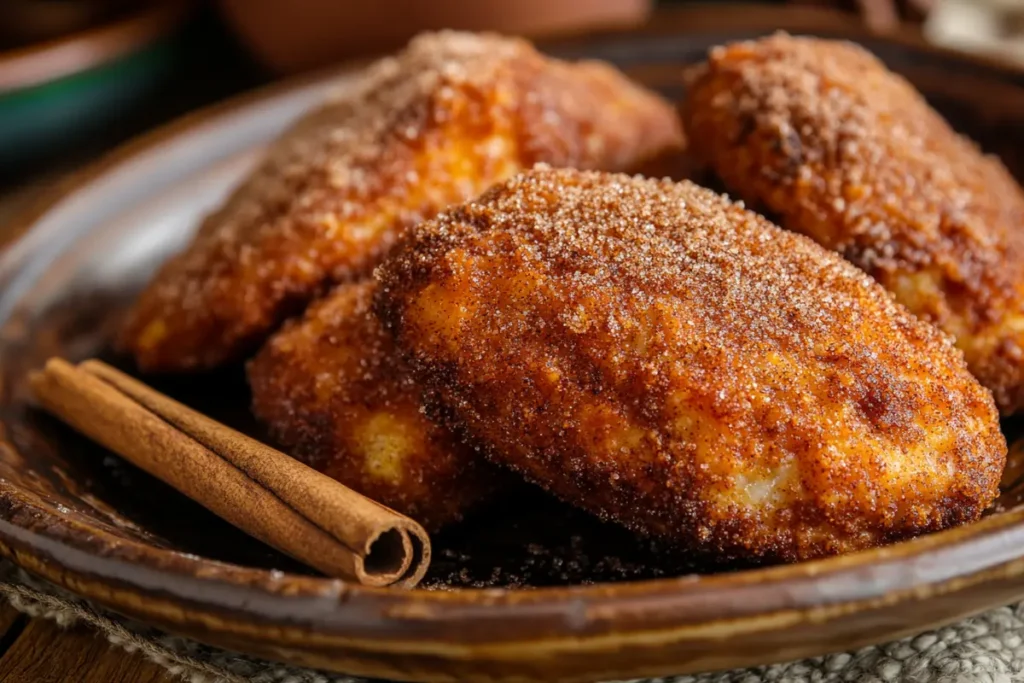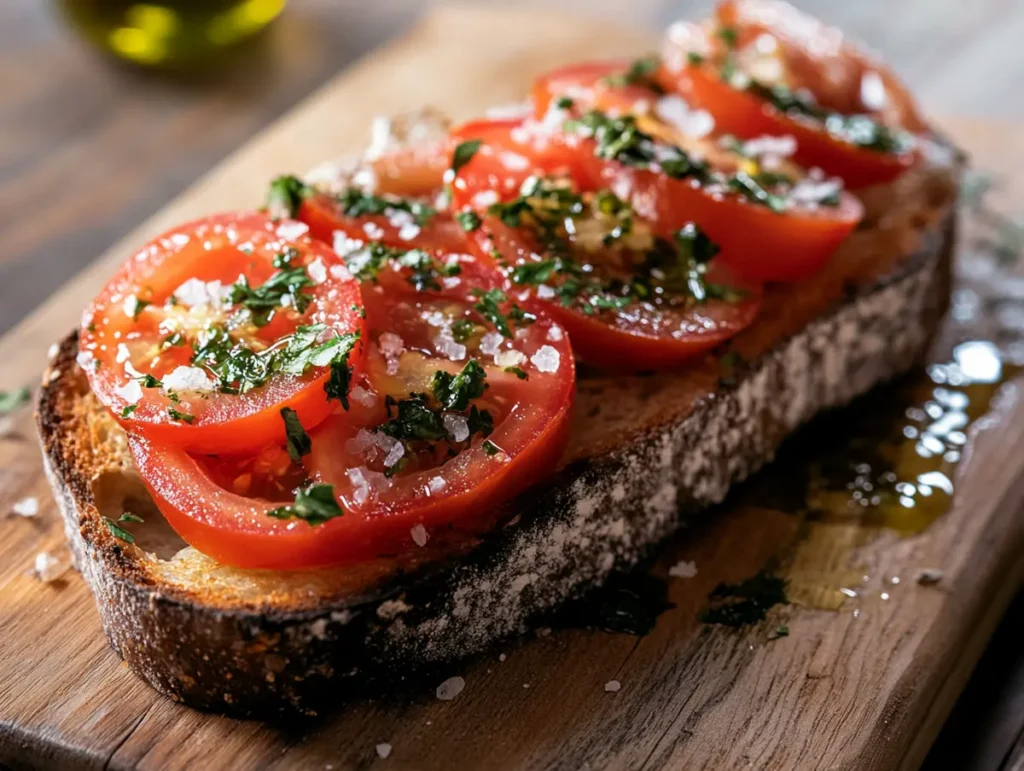Discover the meaning and traditions behind the Spanish toast, learn how to say it, and explore its cultural significance.
Table of Contents
Welcome to a comprehensive journey exploring what is Spanish toast called, the different ways to express a toast in Spain, and how these customs reflect centuries of tradition. Throughout this article, we will answer this question in depth and provide insights into the variety of Spanish toasts. We will also examine how to prepare bread-based Spanish toasts at home, how Spanish toasts differ from others around the globe, and how these traditions embody the spirit of Spanish culture. By the end, you will undoubtedly know what is Spanish toast called and understand its importance in social gatherings, meals, and celebrations across Spain.
What Is Spanish Toast Called? Understanding the Common Terms
The Cultural Importance of Toasting in Spain
What is Spanish toast called? In Spain, the most common term is “Salud.” This brief but heartfelt expression literally means “health.” It is the Spanish toast equivalent to the English word “cheers.” Spaniards often say “Salud” before sipping their drinks at family dinners, afterwork gatherings, or holiday feasts. Although “Salud” is the most recognized toast in Spain, there are several others. However, “Salud” remains the essential expression that locals use when raising a glass.
Because Spaniards cherish good company, toasting is a key part of any social event. They do it before taking that first sip of wine, sangria, or sparkling cava. Saying “Salud” acknowledges the value of togetherness. It is short, easy to remember, and fits any informal or formal event. If you have ever wondered what is Spanish toast called, now you know the answer is “Salud.”
Other Expressions Used for the Spanish Toast
Though “Salud” is the standard option, Spaniards sometimes use other words to toast. For example, some say “Chin-chin” to imitate the sound of glasses touching. Others might say “Arriba, abajo, al centro y adentro,” a longer and playful phrase that means “Up, down, to the center, and inside.” This cheerful chant often accompanies lighter gatherings. Yet, most Spaniards keep it simple. Because visitors might find lengthy phrases harder to remember, “Salud” is your best bet when learning what is Spanish toast called.
When to Use “Salud” and When to Experiment
What is Spanish toast called in various scenarios? At a family dinner, “Salud” is perfect. If you visit a lively bar, “Chin-chin” could bring a fun note. In contrast, a wedding toast might call for something more heartfelt, yet even in formal celebrations, “Salud” remains acceptable. Therefore, the word “Salud” adapts to all contexts. Everyone understands it, and it never feels awkward or forced.
However, if you want to impress locals, try “Chin-chin” in a casual setting. Experimenting with toasts is a way to show you appreciate Spanish customs. Nonetheless, never forget that “Salud” is the cornerstone. Ultimately, if someone asks what is Spanish toast called, you can confidently say it is “Salud,” yet other playful phrases exist too.

Exploring the Origin and History of the Spanish Toast
Tracing the Roots of the Spanish Toast Tradition
To fully answer what is Spanish toast called and why, we must understand its origins. Spain’s toast culture goes back centuries. Europeans have long believed in wishing good health and fortune. Many languages have their own toast terms, often related to health. “Salud” aligns with that tradition.
Over time, this simple word became a social tool. It unites people as they enjoy good wine, fine ham, or a warm stew. Indeed, “Salud” does not stand alone. The Spanish habit of pairing drinks with heartfelt words mirrors deep cultural values. Because Spaniards hold community and bonding in high esteem, they developed clear ways to show it.
Influence of Regional Customs on the Spanish Toast
Spain is diverse. Each region has its dialects, customs, and food specialties. Does that variety affect what is Spanish toast called across Spain’s provinces? The main toast remains “Salud” everywhere. Nonetheless, locals sometimes adapt their tone or add playful gestures. In some places, you might hear “Salud y fuerza” (health and strength). Elsewhere, people might raise their glasses multiple times throughout a meal.
However, no matter where you travel, “Salud” works perfectly. It transcends regional differences and age groups. Younger folks use it at trendy bars, older generations say it at Sunday lunches, and everyone in between understands its meaning. This consistency reinforces the idea that if someone asks what is Spanish toast called, the universal answer is “Salud.”
Historical Events Shaping Spanish Toasting
Throughout Spanish history, feasts and banquets often included a communal toast. During important family milestones, weddings, birthdays, or religious feasts, people would lift their glasses and say “Salud.” This word persisted through changing times and culinary influences, surviving royal courts and humble taverns. Because traditions pass down through generations, “Salud” remains at the heart of Spanish gatherings. It links the present with the past.
So, what is Spanish toast called in a historical context? The same as it is today—“Salud.” By understanding its past, we see that this toast symbolizes much more than a cheerful sound. It preserves centuries of shared experiences and cultural unity.

Discovering Other Ways to Express a Spanish Toast
Alternative Toasts and Their Meanings
Besides “Salud,” when people wonder what is Spanish toast called, they might encounter other terms. One popular alternative is “Chin-chin.” Though not strictly Spanish in origin, it is widely understood and used in Spain. It adds a lighthearted feel to any encounter. Another well-known phrase, “Arriba, abajo, al centro y adentro,” encourages a playful ritual of raising glasses up, down, to the center, and finally drinking.
These variations add flavor to the toast culture. They show that people can be inventive, joyful, and flexible. Yet, in official or serious events, “Salud” remains the best choice. Because it is short and respectful, it suits any occasion.
Borrowed Toasts From Neighboring Cultures
Spain’s location in Europe and its historical connections with Latin America have influenced local traditions. What is Spanish toast called in other Spanish-speaking countries? In Latin America, “Salud” also reigns, reflecting shared linguistic roots. Some regions might use “Salud” along with local twists.
For example, in Argentina or Mexico, people say “Salud” as well. Though each country has its own cultural nuances, the concept remains the same. This international reach shows that “Salud” stands strong not only in Spain but also across the Spanish-speaking world. Because of these cross-cultural ties, if you learn what is Spanish toast called, you gain a useful tool anywhere Spanish is spoken.
Formal and Informal Variations
While “Salud” works everywhere, sometimes setting changes the style. At a fancy dinner, you might hear a heartfelt toast about friendship or love, ending with “Salud” to seal the moment. At a casual patio gathering, a simple “Salud” suffices without added formality. If you want to introduce a toast at a business meeting, “Salud” also works, keeping it respectful and straightforward.
Thus, what is Spanish toast called does not depend on formality or informality. “Salud” is flexible. It makes everyone feel included. Consequently, knowing this word prepares you for any Spanish event, from family reunions to diplomatic dinners.
Linking Toasting to Spanish Cuisine and Traditions
The Connection Between “Salud” and Spanish Gastronomy
To appreciate what is Spanish toast called, consider Spain’s culinary scene. Spain’s meals revolve around sharing, whether nibbling on tapas or enjoying a paella. Toasting aligns perfectly with these communal experiences. Before taking the first bite, many raise their glasses. Because they value eating together, “Salud” encourages closeness.
Tapas bars bustle with conversation and laughter. Glasses clink, and “Salud” echoes through the night. This tradition matches the Spanish approach to food: interactive, relaxed, and centered on good company. By saying “Salud,” you take part in a long-standing tradition tied to flavors, textures, and the joy of eating together.
A Look at Spanish Bread-Based Toasts (Tostadas)
When some people ask what is Spanish toast called, they might mean a piece of toasted bread. In Spain, bread toasts are often called “tostadas.” While not the same as the drink-related toast, these bread toasts also hold an important role in Spanish meals. “Tostadas” can appear at breakfast, topped with olive oil and crushed red fruit, or served alongside cured ham and cheese. They provide a simple base for countless morning treats.
This dual meaning of “toast” in English—both raising a glass and a slice of toasted bread—can lead to confusion. In Spanish, “Salud” is for drinking events, while “tostada” refers to the crisp bread. Understanding this difference helps clarify what is Spanish toast called in various contexts.
Spanish Sweet Toasts: Torrijas
Another well-known Spanish bread toast is the “torrija,” a sweet treat enjoyed especially around Easter. Torrijas are slices of bread soaked in milk and egg before being cooked to golden perfection. Although this is not directly related to the toast you say before drinking, it is yet another expression of Spanish love for bread-based treats.
Torrijas show that toasting bread can be much more than a breakfast option. They bring people together around seasonal delicacies and festive moments. However, remember that when someone asks what is Spanish toast called in the context of raising a glass, the correct response is still “Salud.” Torrijas and tostadas are about food, while “Salud” is about good wishes and shared enjoyment.

Comparing Spanish Toasts to Other Countries
European Toasting Traditions
What is Spanish toast called compared to other European countries? In France, people say “Santé,” in Italy “Salute,” and in Germany “Prost.” All derive from the concept of wishing health. This similarity shows a common desire to start a meal or drink with positive intentions.
Spain’s “Salud” fits right into this pattern, yet still feels uniquely Spanish. Because Spaniards emphasize warm hospitality, “Salud” often comes with a friendly smile or a supportive pat on the back.
How Spanish Toasts Differ From English Toasts
In English, “Cheers” is the standard toast. It has a similar meaning to “Salud.” However, what is Spanish toast called sets itself apart by being tied to the Spanish language’s strong emphasis on health and well-being. “Salud” does not just mean “health” as a vague concept. It connects deeply to communal prosperity.
English-speaking guests usually find “Salud” simple to learn. Consequently, this helps bridge cultural gaps. Saying “Salud” when traveling in Spain shows respect for local traditions and encourages friendly connections.
Toasting Across the Globe
Around the world, toasting comes in many forms. The Japanese say “Kanpai,” the Russians “Za zdorovie,” and the Chinese “Ganbei.” Like “Salud,” these terms often mean “to health.” This global pattern proves that raising a glass and wishing health is a universal human impulse. If you learn what is Spanish toast called, you also unlock a shared cultural code. It helps you feel at ease in Spanish social situations, whether meeting new friends or connecting with business partners.

Tips for Using the Spanish Toast at Your Next Gathering
Pronouncing “Salud” Correctly
When answering what is Spanish toast called, correct pronunciation matters. “Salud” is pronounced “sah-LOOD.” Emphasize the second syllable. Because Spanish vowels are clear and consistent, it is easy for English speakers to learn.
Practice this pronunciation a few times. Before you know it, you will say “Salud” with confidence. Then, you can clink glasses with Spanish friends and blend in seamlessly.
Body Language and Eye Contact
Toasting in Spain often involves eye contact. Lift your glass at eye level, look into the eyes of those around you, and say “Salud.” This gesture shows sincerity. Because Spaniards value personal connection, making eye contact respects that tradition.
Do not rush. Take a moment to connect with others at the table. Accordingly, remember that what is Spanish toast called is only part of the ritual. The entire experience involves your tone, your posture, and your willingness to bond.
Matching the Toast With the Right Beverage
In Spain, you can toast with many drinks: wine, cava, cider, or even water if you prefer. Because “Salud” is universal, it works with any beverage. If you want to blend in more, choose a locally loved option like Rioja wine or a crisp white Albariño. However, the type of drink does not affect the meaning of “Salud.”
What matters is the shared moment. The toast is the highlight, not the drink itself. If you are focusing on what is Spanish toast called, simply remember the word “Salud.” Everything else falls into place afterward.
Embracing Spanish Toasting Traditions at Home
Hosting a Spanish-Themed Dinner Party
If you want to bring Spanish flair into your home, start with the right toast. Begin your meal with “Salud” to set a welcoming tone. Because this simple act encourages unity, your guests will feel more relaxed and open to conversation. Consider preparing a spread of Spanish nibbles, but remember to keep your language simple. Focus on the experience and the bond formed through toasting.
By doing so, you connect with Spanish traditions from thousands of miles away. Knowing what is Spanish toast called helps you recreate an authentic atmosphere without leaving your kitchen.
Practicing the Toast for Confidence
If you feel shy about using “Salud,” practice alone or with close friends. Say it out loud, imagine raising a glass, and get comfortable with the word. Afterward, when the opportunity arises, you will say it naturally.
Because it is a short word, “Salud” is easy to remember and pronounce. Before long, you will not hesitate. Indeed, you may surprise your Spanish-speaking friends with your cultural savvy. They may even ask how you learned what is Spanish toast called. You can smile and share your knowledge.
Passing the Tradition On
If you have children or younger friends, teach them “Salud” at family dinners. This way, you pass on a valuable tradition. They will learn how to appreciate social gatherings and the concept of raising a glass to shared good fortune. Because these customs persist through generations, spreading the knowledge ensures that what is Spanish toast called remains well-known and cherished.
Frequently Asked Questions (FAQs)
What is the 5 letter word for Spanish toast?
The common five-letter word for Spanish toast is “Salud.” This short word is easy to remember. If you are ever unsure what is Spanish toast called, just say “Salud.”
What is another name for Spanish toast?
Another name for the Spanish toast is “Chin-chin,” though it is less formal. While “Salud” remains the top choice, “Chin-chin” works for casual events. When people ask what is Spanish toast called, “Salud” is the main answer, but “Chin-chin” is a fun alternative.
What is the Spanish toast?
The Spanish toast is “Salud.” It literally means “health.” Spaniards say it before drinking to wish everyone well-being. If you ever wonder what is Spanish toast called, remember that “Salud” stands as the universal term.
What is the classic Spanish toast?
The classic Spanish toast is “Salud.” It has been used for generations, signifying unity, warmth, and good wishes. When people ask what is Spanish toast called, “Salud” is the timeless reply.
For More Delicious Recipes:
Can Celiacs Eat Puff Pastry?
Naturally Gluten-Free Puff Pastry: A Delicious Guide

